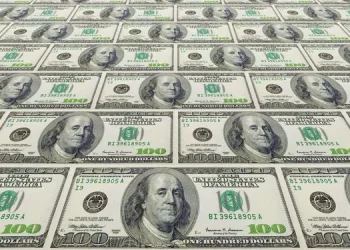The Japanese yen, the world’s third most traded currency, is underperforming and facing similar challenges as the Turkish lira and Argentine peso over the past decade, according to George Saravelos of Deutsche Bank AG (NYSE:DB). Key factors such as weak earnings and external accounts are pushing the yen’s value down. This year, the yen is down 15% against the dollar, while the lira and peso are down 51% and 97%, respectively.
Saravelos pointed out that record low real yields due to the Bank of Japan‘s (BOJ) unique yield curve control and reluctance to raise interest rates have led to a slow-motion flight of capital from domestic investors into foreign assets. This is due to the unattractiveness of Japanese government bonds, with Saravelos comparing the low yield of a 5-year JGB with a nominal yield of 50 basis points to a 5-year US Treasury with a real yield of 3%.
The yen suffered its biggest one-day drop since April after the BOJ adjusted its bond yield ceiling, suggesting a slow shift away from Japan’s ultra-loose stance. Despite the downturn, Masato Kanda, Japan’s top currency official, reiterated his readiness to intervene if necessary.
However, Saravelos warned that such action could strengthen the US dollar and accelerate capital outflows from Japan as inflation-adjusted local yields fall into negative territory. Selling dollar-denominated reserves could exacerbate U.S. yields, further strengthening the dollar and worsening Japan’s external and fiscal positions. To stabilize the yen and curb its volatility, Saravelos suggests that significant BOJ rate hikes and an end to its quantitative easing campaign are necessary.
























